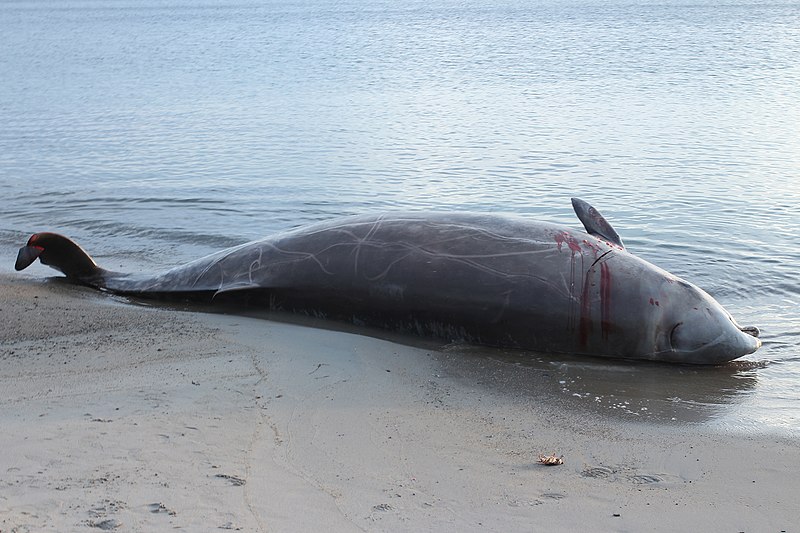
A dead whale was recently discovered on the shore of the Philippines. In its belly was 40Kg of plastic waste which converts to 88 lbs of plastics. Workers from the B’Bone Collector Museum found the Cuvier’s beaked whale east of the Davao City in March. The museum said in a Facebook post that the whale had 16 rice sacks and shopping bags in its stomach. They plan to release a full list of all items found in its stomach soon. Sadly, this story is becoming the ‘norm’ as a marine biologist at the museum said that in the 10 years they have been studying dolphins and whales, 57 had died to rubbish and plastic accumulated within their stomachs. Also in June 2018, a pilot whale was also found dead after it swallowed a total of 80 plastic bags. This came shortly after the UK government revealed that plastic waste in the ocean could triple in the next decade unless steps are taken to reverse the trend. It is estimated that 300 marine animals such as sea turtles, dolphins, and whales die each year in Thai waters due to ingestion of materials such as plastic.
Plastics in South East Asia
The use of throwaway plastic is common in South East Asia, where it poses a real environmental problem. This includes nations such as the Philippines. The five Asian nations where the problem is particularly bad are Thailand, the Philippines, Vietnam, China, and Indonesia. These five nations account for 60% of all plastics in our oceans. Westerners, (especially those in the US) are seen as the most incorrigible consumers in the world. Thus, it is a bit baffling that a few Asian nations, many of which are relatively poor, have managed to produce so much waste.
Asia is Adopting a Western-style Appetite for Junk
As the economies of Asia rise, they have more money to throw away at consumer items, which are made up of plastic. However, most of the junk does not end up at landfills. In the five Asian nations, about 60 % of the garbage is improperly disposed of. Trash usually piles up in communal dumps where small bits are swept up into the sea. In some cities, the dumpsites are intentionally set up next to rivers. The reason is that waste is carried out to sea during the heavy rains, which refreshes the capacity of the dumpsite. Another issue is that trash scavengers are not able to keep up. These are the unsung heroes of Asia; they wade through garbage looking for plastic, which they sell to make a bit of cash. The issue is that they focus on high-value bottles instead of plastic bags, which end up in the oceans. Besides that, most corporations make tiny items for Asia. These items are meant to help labourers afford food and other items. However, it also means they churn out more traffic. Another issue is the illegal dumping of waste. To save fuel, garbage collectors will usually dump waste in rivers or by the roads. Most of this garbage will often end up in the ocean.
Shirley Mist has been involved in fashion and design for many years. She has also written extensively for many online publications. She currently writes for The Tribune World and is a valued member of our team.